The latest trends for stage lights in us 2026 | LQE Ultimate Insights
- The latest trends for stage lights in US 2026 | LQE Insights
- Introduction: Why stage lights trends in 2026 matter
- Technology evolution in LED stage lighting
- Higher-performance LEDs and color fidelity for stage lights
- Compact, hybrid moving head lights dominate rentals
- Pixel-mappable fixtures and LED tape integration for dynamic effects
- Connectivity, control, and networked workflows
- Art-Net, sACN, RDM and wireless DMX for flexible installations
- Timecode, SMPTE integration and media servers
- Design trends and production workflows
- Immersive experiences drive convergence of lighting and LED volumes
- Smarter automation and AI-assisted programming
- Sustainability and lifecycle considerations
- Energy-efficient LED stage lighting and total cost of ownership
- Durability, IP ratings, and repairability for rental markets
- Market dynamics and business trends
- Rental market growth and hybrid event formats
- OEM/ODM partnerships and custom stage lighting solutions
- LQE perspective: how our capabilities meet US 2026 needs
- LQE’s manufacturing scale and R&D advantages for stage lights
- Product examples and application fit
- Buying and specification guidance for 2026
- How to specify stage lights for touring vs. fixed installs
- Checklist for procurement teams
- Comparing common fixture types for US productions
- Quick comparison table of stage lighting fixtures and use cases
- Implementation tips and future-proofing investments
- Plan for networked control and firmware lifecycle
- Choose fixtures with clear photometric data and camera testing
- Conclusion: What buyers should prioritize for 2026
- Summary and the LQE value proposition for stage lights
- Next steps for buyers and rental houses
- Frequently Asked Questions
The latest trends for stage lights in US 2026 | LQE Insights
Introduction: Why stage lights trends in 2026 matter
As live events, broadcast productions, and immersive experiences continue to grow in the United States, professional stage lights are evolving quickly. This article explains the practical trends lighting buyers, rental houses, production managers, and venue operators should watch in 2026, focusing on LED stage lighting, moving head lights, pixel control, networked workflows, and sustainability. Our goal is to give actionable guidance to those buying or specifying stage lighting equipment and to highlight how LQE's OEM/ODM capabilities support these trends.
Technology evolution in LED stage lighting
Higher-performance LEDs and color fidelity for stage lights
LED chips and optics continue to improve, delivering higher lumen output and better color rendering in LED stage lighting. Buyers prioritize fixtures with a high CRI (or TM-30 metrics) for accurate skin tones and theatrical color. For productions in the US where broadcast compatibility and camera-friendly light are required, specifying stage lights with enhanced color stability and selectable color temperatures is increasingly common.
Compact, hybrid moving head lights dominate rentals
Hybrid moving head lights that combine spot, beam, and wash modes are now the default choice for rental companies and touring productions. These versatile moving head lights reduce truckpack and setup time, while delivering creative flexibility on concert stages and TV sets. The market preference favors compact, lighter fixtures that maintain high output and precise focus control.
Pixel-mappable fixtures and LED tape integration for dynamic effects
Pixel mapping has moved from novelty to standard for many live designs. Fixtures that offer per-pixel control—LED stage panels, pixel strips, and pixel-enabled moving heads—allow designers to treat lighting and video as one synchronized canvas. Investing in stage lights with strong pixel control and compatibility with common pixel protocols is essential for contemporary shows and branded events.
Connectivity, control, and networked workflows
Art-Net, sACN, RDM and wireless DMX for flexible installations
Stage lighting control is increasingly network-based. sACN and Art-Net remain staples for large installations, while RDM enables remote device management for firmware updates and addressing. Wireless DMX (from reliable vendors) is now trusted for temporary rigging and festival stages, reducing cabling needs for rental stage lights and outdoor setups.
Timecode, SMPTE integration and media servers
For synchronization with audio and video, more productions expect stage lights to integrate easily with SMPTE timecode, media servers, and show control systems. Fixtures and control software that support timeline-based playback help designers and programmers deliver frame-accurate cues for broadcast and touring productions.
Design trends and production workflows
Immersive experiences drive convergence of lighting and LED volumes
Virtual production and LED volume stages demand lighting that is flicker-free, low-latency, and color-stable under high refresh rates. Stage lights for these environments must perform well on camera and maintain consistent output across video-driven backgrounds. Production houses increasingly purchase fixtures tested for high-frequency video applications.
Smarter automation and AI-assisted programming
AI-assisted tools and smarter fixture presets speed up programming and reduce labor hours. From automated focus suggestions to palette-driven color tools, these systems are helping lighting designers iterate faster. Stage lights with open APIs and compatibility with leading control platforms provide the best long-term value.
Sustainability and lifecycle considerations
Energy-efficient LED stage lighting and total cost of ownership
Energy efficiency remains a top purchasing criterion. Modern LED stage lights consume far less power than older discharge fixtures while delivering comparable or higher output. Buyers are calculating total cost of ownership—including power usage, maintenance, and lifespan—rather than just upfront cost when selecting stage lighting equipment.
Durability, IP ratings, and repairability for rental markets
Rental houses in the US prefer fixtures built for heavy use. IP65-rated outdoor stage lights, durable housings, and modular components that are easy to repair reduce downtime. Manufacturers that provide accessible spare parts and clear service documentation are favored partners.
Market dynamics and business trends
Rental market growth and hybrid event formats
Post-pandemic event recovery has led to heavier demand for rental stage lights in concerts, festivals, corporate events, and broadcast. At the same time, hybrid events that blend in-person and streaming audiences require fixtures that meet both live and broadcast standards, increasing demand for camera-friendly stage lights in rental inventories.
OEM/ODM partnerships and custom stage lighting solutions
Event producers and integrators often seek tailored lighting solutions. OEM/ODM manufacturers—like LQE—provide customization in optics, firmware, housing, and branding. These partnerships are valuable for venues and brands that want unique fixtures or private-label stage lighting equipment with consistent quality and support.
LQE perspective: how our capabilities meet US 2026 needs
LQE’s manufacturing scale and R&D advantages for stage lights
LQE, founded in 2008 in Foshan, China, operates a production base of about 10,000 square meters and an annual capacity of up to 100,000 lighting fixtures. With 80 national patents and a focus on middle- and high-end digital stage lighting, LQE is positioned to supply robust moving head lights and static fixtures for the U.S. market. Our OEM/ODM model supports custom firmware, optics, and housings demanded by rental houses and touring productions.
Product examples and application fit
LQE’s product range—moving head lights, beam/spot/wash hybrids, and pixel-enabled fixtures—is designed for theaters, music stages, studios, religious spaces, exhibitions, nightclubs, and theme parks. For buyers prioritizing long life and serviceability, LQE offers fixtures designed for modular maintenance and field-replaceable components.
Buying and specification guidance for 2026
How to specify stage lights for touring vs. fixed installs
When specifying stage lights for touring, prioritize weight, power efficiency, rigging points, onboard presets, and fast firmware updates. For fixed installs, emphasize IP rating (for outdoor spaces), service access, quiet operation for theaters, and integration with building control systems. For rental inventories, choose versatile fixtures that cover multiple roles (beam/spot/wash) to maximize utilization.
Checklist for procurement teams
Procurement teams should verify: compatibility with sACN/Art-Net and RDM, pixel-control capability, reported lumen output and beam angles, IP rating for outdoor use, manufacturer support for firmware and spare parts, and warranty/service terms. Purchasing with a clear TCO calculation—energy, maintenance, and resale value—prevents costly surprises.
Comparing common fixture types for US productions
Quick comparison table of stage lighting fixtures and use cases
Below is a practical comparison to help buyers choose the right stage lights for their needs.
| Fixture Type | Top Strengths | Best Use Cases | Key Spec to Check |
|---|---|---|---|
| Moving Head (Hybrid) | Versatility: spot/beam/wash in one; fast positioning | Tours, concerts, rental inventories | Lumen output, zoom range, weight |
| LED Wash | Even coverage; color mixing; energy-efficient | Theaters, houses of worship, broadcast sets | CRI/TM-30, beam angle, dimming curve |
| LED Panels / Pixel Fixtures | High-resolution effects; video sync | Immersive experiences, stage backgrounds, façade lighting | Pixel pitch, refresh rate, control protocols |
| IP-Rated Outdoor Fixtures | Weatherproof, durable | Festivals, outdoor venues | IP rating, ingress protection, corrosion resistance |
Implementation tips and future-proofing investments
Plan for networked control and firmware lifecycle
Choose stage lights from manufacturers that provide firmware updates and support network standards (sACN, Art-Net, RDM). Test firmware update procedures and confirm spare-part availability before a large purchase to reduce future obsolescence risk.
Choose fixtures with clear photometric data and camera testing
Request photometric files (IES) and test footage when evaluating stage lights for broadcast or LED volume applications. Flicker tests and chromatic stability data under high PWM and refresh frequencies are particularly important for camera work.
Conclusion: What buyers should prioritize for 2026
Summary and the LQE value proposition for stage lights
In 2026, US stage lighting buyers will prioritize LED performance, pixel control, compact hybrid moving head lights, IP-rated durability for outdoor events, and networked control systems. Sustainability and total cost of ownership continue to shape procurement decisions. LQE’s manufacturing scale, R&D background, and OEM/ODM flexibility enable production of fixtures that match these market needs—providing high-value, customizable stage lights that integrate into modern production workflows.
Next steps for buyers and rental houses
Evaluate fixture prototypes under real show conditions, prioritize vendors with clear service and spare parts support, and specify networked control compatibility. For custom requirements, consider OEM/ODM partnerships to optimize fixture performance and branding for your US operations.
Frequently Asked Questions
What are the most important specifications to compare when buying stage lights?Check lumen output and beam angles, CRI/TM-30 for color fidelity, network protocols (sACN/Art-Net/RDM), IP rating for outdoor use, fixture weight for touring, and manufacturer service/support and spare-part availability.
Are LED stage lights suitable for broadcast and camera work?Yes—many modern LED stage lights are camera-friendly when they provide high refresh rates, flicker-free performance, and stable color temperatures. Always request camera test footage or perform on-site tests under expected camera settings.
How should a rental company choose moving head lights for its inventory?Prioritize hybrid fixtures (spot/beam/wash), reliability, low weight, fast firmware update paths, and manufacturer support. Versatility increases utilization and reduces the need to buy many different fixture types.
What level of IP rating is recommended for outdoor festivals?IP65 is commonly recommended for outdoor fixtures exposed to rain and dust. For fixtures near saltwater or very corrosive environments, consider additional coatings or higher corrosion-resistant finishes.
How can buyers future-proof their stage lighting purchases?Buy fixtures that support industry-standard network protocols, provide firmware update capabilities, have modular/repairable designs, and come from manufacturers with clear spare-part channels and long-term support commitments.
Sources and further reading:
- Electronic Theatre Controls (ETC) – product and industry guidance
- PLASA (Professional Lighting and Sound Association) – market observations and standards
- LumenRadio – wireless DMX and networked lighting insights
- Grand View Research / Statista – market research reports on professional lighting (for market growth context)
- Manufacturer product datasheets and IES photometric files (industry standard tests)
What is moving head lights ? | Ultimate Insight
Where to Buy blind spot led light
The B2B Buyer’s Guide to fresnel light effect | LQE Ultimate Insights
OEM/ODM led stage lighting system Manufacturers and Suppliers
1000w
Does LQE Offer Customized Stage Moving Light Solution?
An experienced R&D team can provide customized digital stage lighting OEM/ODM solution service to meet clients’ unique demands from global markets, such as customized CRI parameter, Ingress protection rating, effect, etc.
What Kind of Certificates You Offer?
All kinds of certificates could be offered by LQE digital moving light factory, which depends on customer’s required, different pricing plan for different approval.
Does LQE Offer a Stage Light Design Solution?
LQE experienced team glad to supply a stage lighting configuration design solution or suggestion for projector who don’t have much experience in lighting design, project, theatre and studio.
Distributor
Can LQE help with product training and technical guidance?
Absolutely. We offer remote training sessions, user manuals, installation guides, and continuous technical support to help your team understand and sell our products with confidence.
What support does LQE offer to its distributors?
We provide our distributors with a full package of support, including:
Marketing materials and product catalogs
Technical training and manuals
Fast-response after-sales service
Exclusive regional pricing and policies (for qualified partners)
Priority access to new products and updates
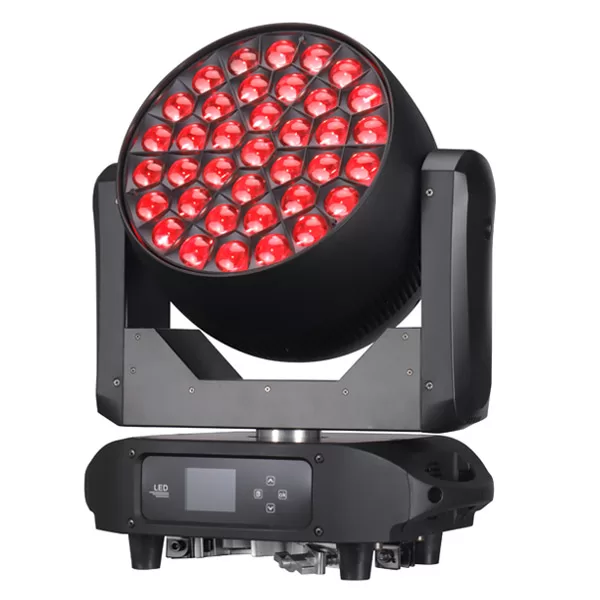
800w 37x40w RGBW Stage Moving Head Wash Light LW800
800W 37x40W LED RGBW Mulichips Moving Head Wash Lights with Zoom (5°-50°), Covering Large Range and Long Distance. Designed to deliver a 5°–50° ultra-large zoom range to achieve a greater wash effect, illuminating stages and events with stunning ring control lighting effects.
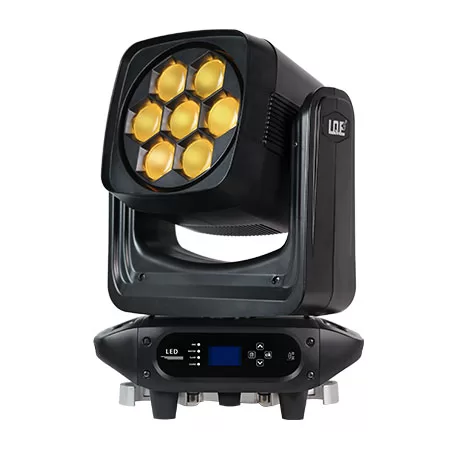
LED Moving Head Wash Light LW500
Elevate your lighting experience with our dynamic LED moving head wash light, delivering mesmerizing color combinations and effects. The preset macro function mixes color, which can create thousands of color combination effects.
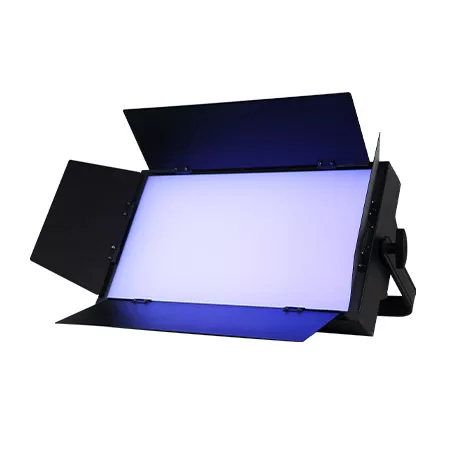
Photography LED Light Panel PL1500
This versatile photography LED light panel provides adjustable brightness, color temperature, and soft, flicker-free lighting. 0-255 level linear dimming, more delicate and gorgeous colors, soft light spots, high brightness, high CRI, and dimming angle.
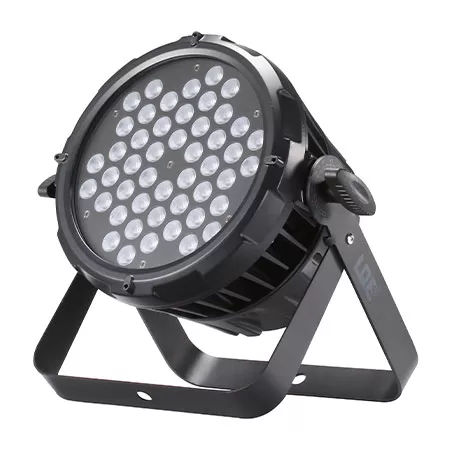
Multi Colored LED Stage Light OD648
Available in a variety of colors, users can easily create captivating lighting effects that enhance the atmosphere and visual impact of performances. Outdoor high-sensitivity sound control, which can capture 10 sound signals per second.

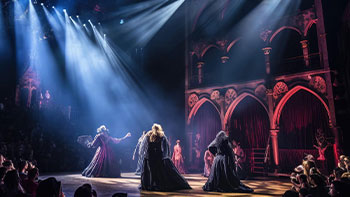
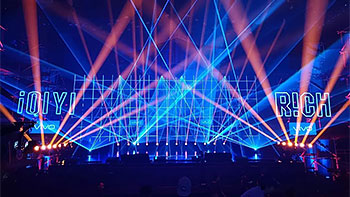
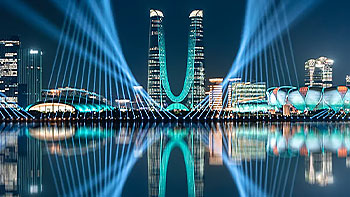
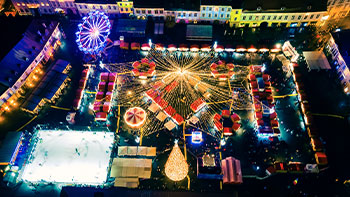
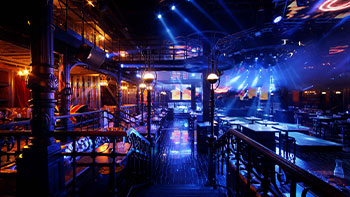
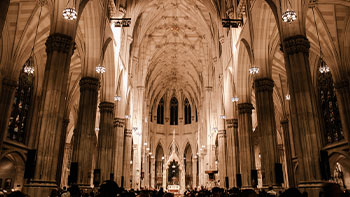






Linkedin
YouTube
Whatsapp: +8618924548390
TikTok